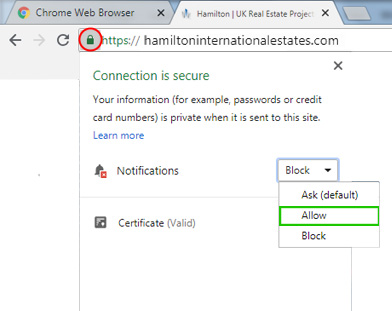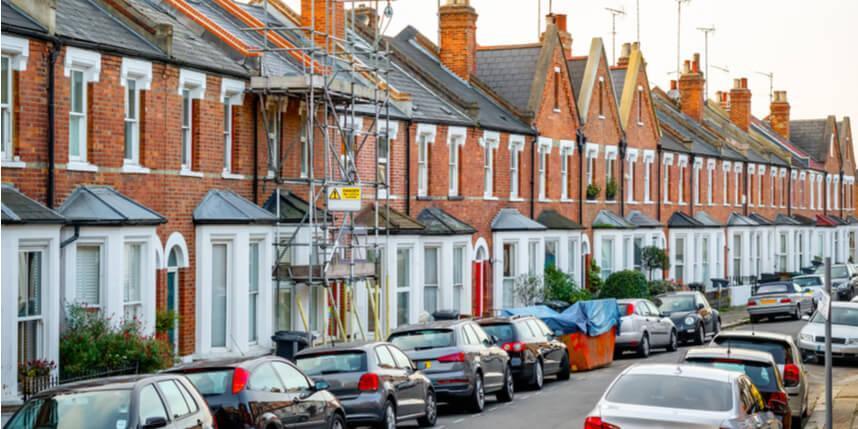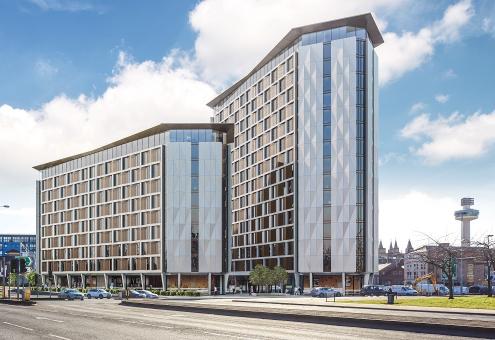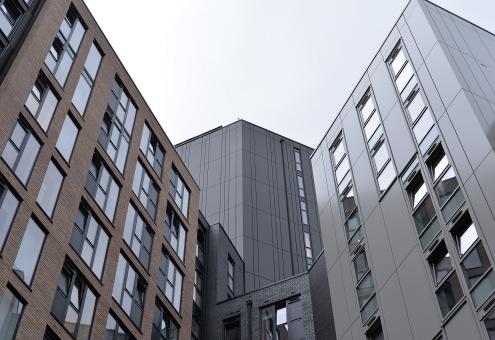UK Housing Markets
04 May 2019
UK Housing Markets
UK Housing Markets: The ONS information propose a variable pattern where the normal house cost developed 1.7 per cent in the year to the main month of 2019, which was 2.2 per cent in the most recent month of 2018.
The development in private rentals has expanded the appeal of the land showcases in the UK as the rents paid by the private inhabitants grew 1.1% from the year to February, right around 1 per cent up from the earlier year.
UK house cost grew considerably in the previous 40 years from 1971 to 2011, where the land library information finds the number of libraries in January 1995 was £55,437. By March 2019, the normal cost was £223,610, speaking to a development of 303 per cent.
In the years from 2005 to 2016, the private rents normally increased in the capital by more than 38 per cent, and subsequently, the administration plans to acquaint an outline to settle the rental markets. Such guidelines exist in the US and Germany. However, speculators are as yet purchasing in these business sectors.
Affordable Housing UK
The quantity of evaluated homes required in the UK varies from 240,000 to 340,000. Yet, with the current pace of new lodging supplies in 2017-2018 – it expanded by 222,000 homes, which is 2 per cent higher than the past year though it fails to meet the developing requirement for new homes.
Before the 2008 downturn, it was easy to get home loans, especially if you were into a well-paid job. Yet, after the downturn, debts increased in the home-purchasing sector, particularly in the Buy to-lets, which added to various issues.
In February 2019, 64,337 home loans were sanctioned, as the ultra-low financing costs and strong home purchasing plans, support buyers.
The government released new guidelines to regulate purchase-to-let ventures, and additional stamp duty was imposed on second home buying. However, the market faces a serious lack of homes that can prevalently be found in the capital city of London, and it has been driving prices up. There is high demand even in other areas like South East England.
Emerging Privately Rented and Built-To-Rent Sectors
In the present market of Brexit vulnerability, both interest and flexibility declined, though the developing rents demand attracts buyers.
According to CBRE, a record investment of £3.1bn was made by institutional buyers in the PRS area in 2018, more than 30 per cent from the earlier years. The new area has appealed to speculators limited by the new stamp obligations on second homes.
The vulnerability in the market over Brexit has prompted the rise in certain sectors. For example, the purchase to let UK division grew 22 per cent in 2018, where the all-out number of units finished in January, those under development or those in the pipeline stayed at 139,500 in Q4 of 2018.
Savills assumes that PRS (the tight yield resource class) is one of the most developing processes in the present markets, which can convey the best yields in the coming five years.
To know more about UK properties, click Hamilton International Estates (www.hamiltoninternationalestates.com).
Categorised in: All News












